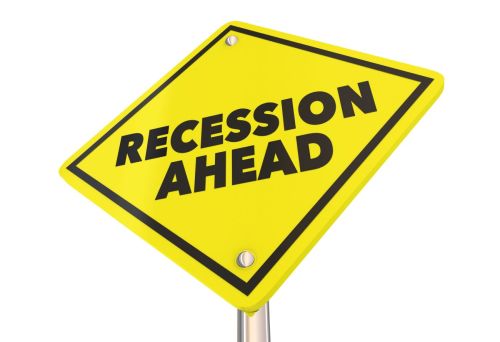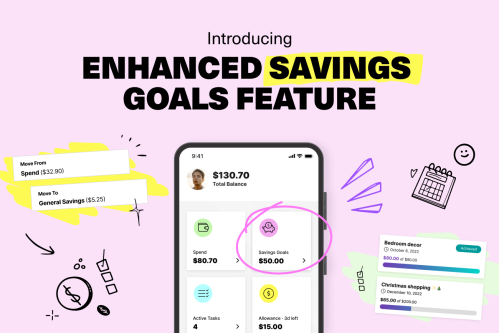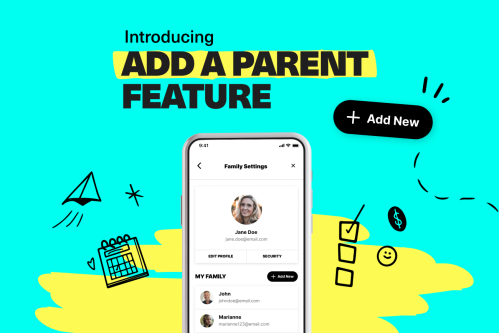Navigating how to spend money wisely is no easy feat for teens. From keeping up with the latest fashion trends to buying the must-have TikTok dupe, to watching the latest blockbuster movie with friends, teens face many choices when it comes to managing their money.
So, how can they figure out if their spending is bringing them joy and meaning? Here are some tips on how teens can determine if their values align with their spending habits.
What is value-driven spending?
Whether your kids know it or not, everyone has their own set of money values which informs their spending. Value-based spending simply means spending money on what is important to you. Helping your teens recognize their values will help them become mindful of their spending behaviour. It’s a helpful exercise to determine whether their spending habits align with what is most meaningful to your teen.
Your kids’ values will probably be different from their BFF or from their parents, which is normal because it’s part of what makes them unique. Maybe their friends value buying the latest video game because they love playing online with others. In contrast, your kid could value going thrifting with friends because it’s more environmentally friendly. Having a conversation with your teens can help them understand how to give their money purpose.
How do you align spending with your values?
Here are some tips you can use to have a discussion with your teen about values-based spending.

1. Consider what matters to you
It’s easy to get caught up in living in the moment and experiencing instant gratification. Asking your teens about what is important to them can help guide them to spend intentionally rather than impulsively.
Encourage teens to consider a variety of spending categories, such having the latest tech gadgets, eating out, sports, entertainment, and clothing. Most likely, these values will involve spending time with people, enjoying experiences or even self-expression. Whatever they choose, showing your support will encourage teens to be more aware of how they choose to spend their money.
2. Review what you’re spending money on
At the dinner table, you can chat about the most recent things your teens spent money on. Ask them to rate their happiness level on a scale from 1 to 10 to see how much satisfaction they received from each purchase.
This eye-opening conversation can help your family understand how each product or service purchased impacts humans on an emotional level. If your teen identifies any frivolous purchases that don’t bring them joy, have them consider reducing those expenses going forward. This will help free up cash so your teens can buy things that align with their core values.
3. Consider whether something is a want vs. need
There are some purchases your kids will have to make whether it brings them joy or not. These are needs, which are basic necessities like food, water, and shelter. On the flip side, there are things teens could be buying which are wants, such as fashion accessories or concert tickets.
Next time you’re at the mall, play the game of “want vs need” as you browse different stores. For instance, when you see your teens ogling a pair of designer shoes in the window storefront, it’s the perfect opportunity to broach the topic of asking them to evaluate if this is a want versus a need. Having them come to their own conclusions will help them to form mindful spending habits.
4. Set aside money for fun in your budget
Creating a budget will give your kids the chance to reflect on their past purchases while planning ahead to save for future goals. If they’re earning money from working part-time or receiving an allowance, show them how they can allocate a portion of their earnings as their “fun money.”
Whether that means indulging in ice cream from a local shop or visiting an amusement park with their buddies, it’s up to them. They still get to enjoy their money today while saving for their future.
Check out our Should I Buy It Quiz to help you plan buying your next purchase and calculate how much it will cost every time you use it!

What is a value-based budget?
Once your kids have figured out their money values, they can take the next step to create a value-based budget. This will help them allocate their money based on what matters to them most.
Here’s how you can create a value-based budget:
1. Calculate your income
If your teen is earning money from a part-time job or receiving an allowance from completing their weekly chores, they can tally up all the money coming in.
2. Review your bank account
See what transactions your teens have made within the past three months. If they have Mydoh’s Smart Cash Card, they can track their spending in their Mydoh account.
3. Cover your needs
Any basic needs your teen is responsible for should take priority, such as food, transit, cell phone bill, or clothing. This way, they can have peace of mind in knowing they have sufficient funds to cover their needs.
4. Add expenses that align with your core values
Your teen may value buying books and magazines because they love reading. They can add a line item to their budget and allocate some of their money toward the categories that matter most to them.
5. Contribute to your savings goals
Perhaps your teen values learning new skills and making new friends and decide they want to save for an outdoor summer camp or to take a gap year. Discuss how they can set aside a portion of their money to reach this goal.
6. Don’t forget to treat yourself!
Whatever money your teen has left over, they can feel free to spend it on things that make them happy.
Oftentimes, people have this preconceived notion that a budget restricts their lifestyle. However, a value-based budget guides teens to reflect on what purchases will bring them the most happiness.

What are the benefits of spending according to your values?
There’s a wide range of benefits to value-based spending. By spending money on items that truly matter to them, your will notice that it can help them curb impulsive purchases and avoid going into debt.
At the same time, it also allows teens to focus on setting savings goals that are meaningful to them. As an added bonus, they will get enjoyment out of saving up for those bigger ticket purchases. Having a conversation will help teens realize that spending mindfully can help boost their confidence in how they manage their money.
Help teens make meaningful and mindful purchases
Encourage your teens to practice spending mindfully until it becomes a habit. But, have some grace and patience along the way in motivating them to identify their wants versus their needs, create a value-based budget and find joy in how they spend their money. Before you know it, they may be giving you pop quizzes on your money values!
Download Mydoh and help build the foundation of financial literacy for your kids and teenagers.
This article offers general information only and is not intended as legal, financial or other professional advice. A professional advisor should be consulted regarding your specific situation. While the information presented is believed to be factual and current, its accuracy is not guaranteed and it should not be regarded as a complete analysis of the subjects discussed. All expressions of opinion reflect the judgment of the author(s) as of the date of publication and are subject to change. No endorsement of any third parties or their advice, opinions, information, products or services is expressly given or implied by Royal Bank of Canada or its affiliates.

Teach Your Kids How To Earn, Spend & Save Money
with the Mydoh App &
Add up to five kids and two parents on one account.












